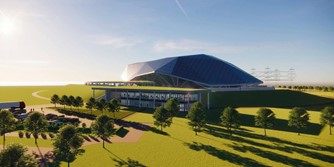Norwegian firms to study SMRs for Halden
Halden, Norway, known in nuclear circles for its long-running (1958–2018) research reactor, is partnering with Norsk Kjernekraft (aka Norwegian Nuclear Power) and Østfold Energi, a hydro, wind, and heat energy provider, to explore the idea of siting a small modular reactor plant in the municipality, located in southeastern Norway, near the border with Sweden.





